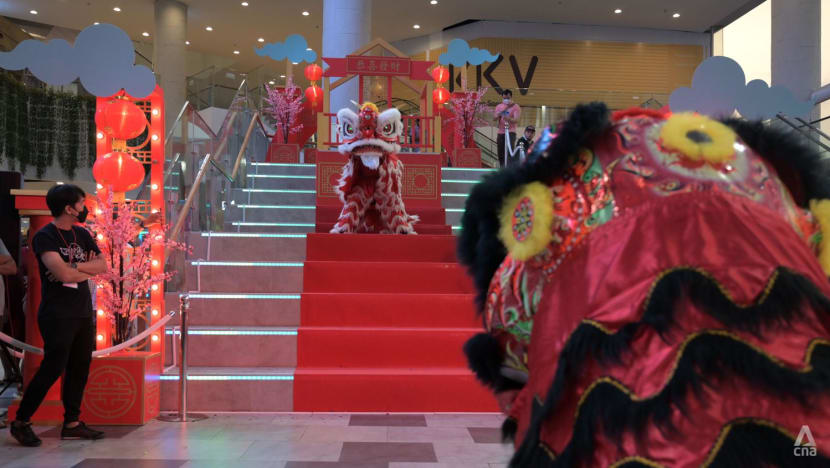‘Tradition worth preserving’: Lion dance sees revival after decades-old ban in Indonesia
After a ban on lion and dragon dance was lifted around 2000, the art form has gone through a renaissance, led by performers from within and beyond the ethnic Chinese community.
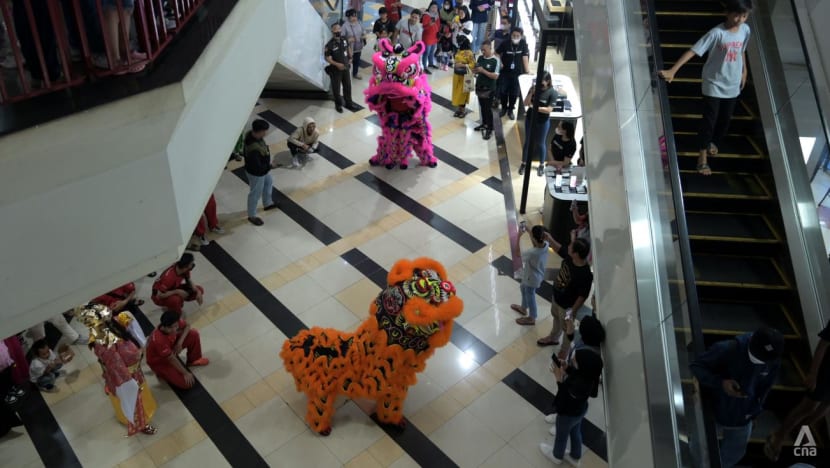
Members of the Red and White Dragon Troupe performing a lion dance at a shopping mall in Bogor, Indonesia. (Photo: CNA/Wisnu Agung Prasetyo)
BOGOR, Indonesia: Inside the ruins of a long-abandoned factory, members of a lion and dragon dance troupe practiced their moves to the vigorous beating of the drum, accented by the crashing sound of a few hand cymbals.
At one corner, a performer was hoisted high up into the air by his peer before standing on the second performer’s thigh.
Seconds later, the lead performer, with his hand constantly positioned as if holding an imaginary lion head, leaped to the ground and sprung back up to give the second performer enough momentum to lift his entire body weight with both hands.
With Chinese New Year around the corner, the Red and White Dragon Troupe intensified their drills, convening every afternoon at the abandoned space located 50 km south of Indonesia’s capital Jakarta, to perfect their dance routines in preparation for their upcoming performances. Red and white are the colours of the Indonesian flag.
With their colourful costumes, captivating moves and awe-inspiring stunts, lion dance – or Barongsai as it is known in Indonesia – is a very popular Chinese tradition in the country, capable of drawing huge crowds of people from all walks of life and ethnicity.
The majority of its performers in Indonesia are non-Chinese. The Red and White Dragon Troupe, for example, has only two ethnic Chinese members out of a total of 40.
“We all get along great. We bonded. We are like brothers,” one of the troupe’s Chinese members, Januar, told CNA.
The 29-year-old said that being Chinese does give him a deeper appreciation and understanding of the art’s centuries-old tradition, practices and meaning behind the moves and stances.
“(A Chinese troupe member) can have a better appreciation and more knowledge towards lion dance... (For example), there are (practices) from how we enter to how we exit the premises that the performers have to understand,” he said.
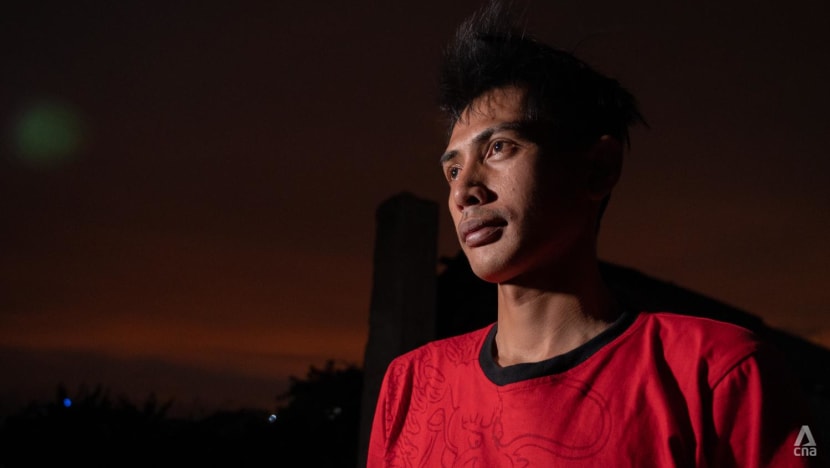
Some believe the fact that many lion and dragon dancers in Indonesia are non-Chinese is a testament to the art form’s universal appeal, while others say that this serves as an example of tolerance and harmony in the country.
Despite the growing appeal of the lion dance, especially among non-Chinese Indonesians, some observers noted that this should not stop the Chinese community from doing more to preserve the centuries-old tradition.
REVIVING AN ART FORM
For decades, all Chinese cultural and religious expressions, including lion and dragon dances, were banned under the rule of Indonesian president Suharto following widespread anti-communism sentiments which began in the 1960s.
Arifin Himawan, deputy secretary general of the Indonesian Lion Dance Federation (FOBI) said nearly all lion and dragon troupes were disbanded. Those not disbanded were forced to train in secret and performed in Chinese temples for smaller crowds only.
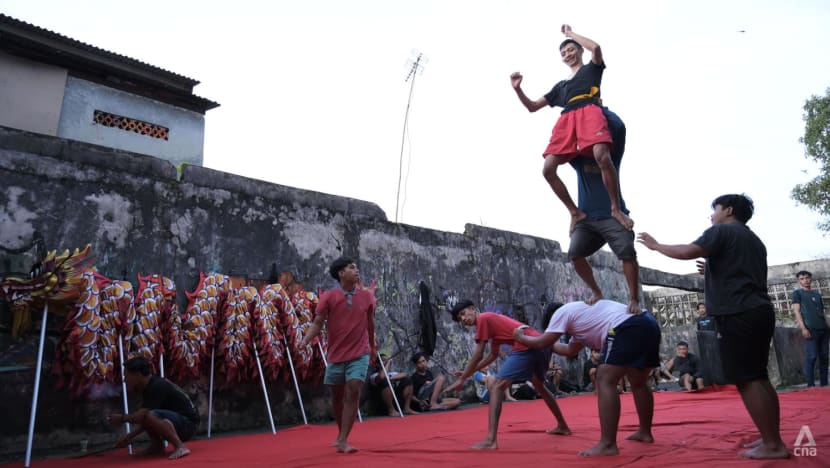
Suharto’s reign ended in 1998 and shortly after, then-president Abdurrahman Wahid lifted the ban, allowing lion and dragon dances to be performed around the Chinese New Year holiday in the year 2000.
“Suddenly, there was euphoria. (Lion dance) clubs were cropping up everywhere. Everyone wanted to stage a lion dance performance. (Lion dance troupes) performed everywhere at shopping malls, weddings and even birthdays,” Himawan told CNA.
But reviving an art form after decades of repression was no easy feat. For one, there was hardly anyone in Indonesia still practicing the dance in those days, with the lion dance heads used during the performances hard to come by.
“We had to learn the moves by watching VCDs (video compact disks). Clubs with more generous benefactors even brought in trainers from overseas,” Himawan recounted.
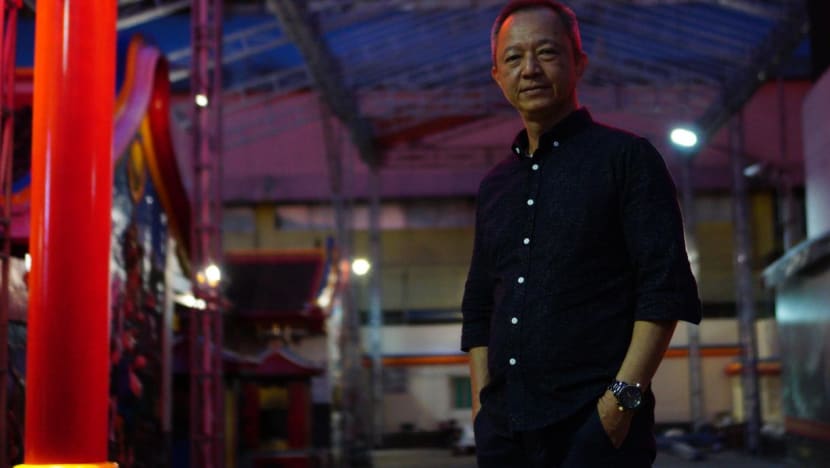
Lion dance teacher, Adi, who was among the first Chinese Indonesians to join a lion dance troupe in the early 2000s, said his club had to look everywhere for a lion dance head before finding one that was very old.
The lion dance head was big, he added. Such lion dance heads are traditionally built out of bamboo frames which made them heavy and unwieldy. The weight and the lack of teachers meant that many in his troupe could only perform simple moves.
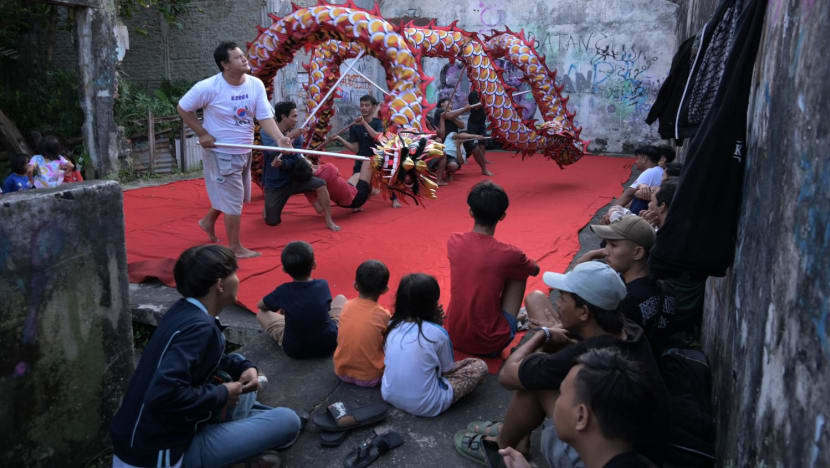
Despite this, the enthusiasm of the Chinese community was evident, Adi recounted.
“In the beginning, it was easy to get people to join. People’s enthusiasm was high. There were many Chinese dancers in my group. One by one, (the Chinese members) quit because they got married and had jobs,” Adi, who goes by one name, said.
“It is hard now (to convince people to join). In my group, every year we don’t have that many new players,” Adi continued, adding that almost all of these new recruits are non-Chinese.
UNIVERSAL APPEAL
Guntur Santoso, one of the co-founders of the Red and White Dragon Troupe estimated that 80 to 90 per cent of lion and dragon dance troupe members in Indonesia are not of Chinese descent.
“The Chinese are busy working or going to school. Thus, their opportunity to practice and perform is limited,” he told CNA.
But Santoso argued that this fact is not necessarily bad for the art form. For it means that the people who remain in the field are those who show greater commitment to ensure its success.
“We have lion dance performers who compete in international events and win. This can only happen if there are people who are committed to practicing, not people who are busy working, studying and see this as a pastime,” he said.
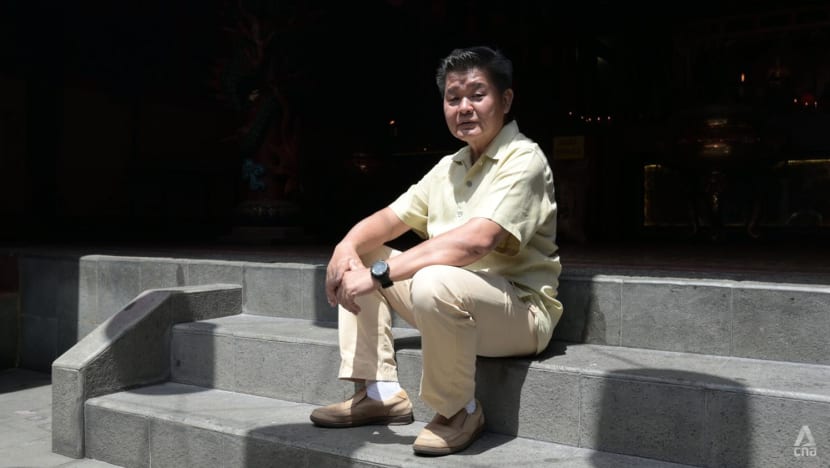
Santoso argued that the ethnicity of the lion dance troupe members is immaterial.
He believes that the non-Chinese participants can also have the same passion towards the art as well as an appreciation of its history and customs.
“A Chinese can be a master in fencing, for example, even though it is not their heritage. The same can be said about the non-Chinese who possess the skills to perform the lion dance or in the making of its costumes,” he said.
“You can see just how universally accepted this (lion and dragon dance) tradition is.”
Firman, 27, said he has been practicing and performing lion dance ever since he was 10 years-old, even though his family is not Chinese. “I like it because it is fun. There are elements of sports, performance and art involved which I like. But most of all, (I like) the camaraderie between the troupe members. We are like brothers,” he said.
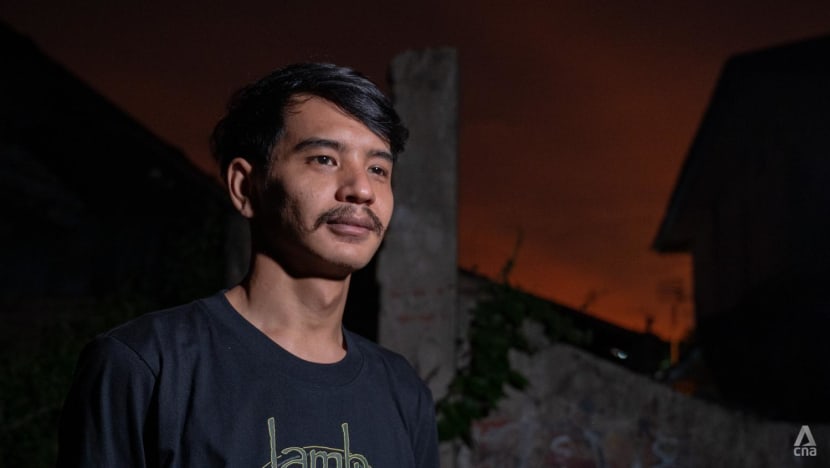
Himawan of the Indonesian Lion Dance Federation said lion dance has gradually become an attractive career path for some Indonesians ever since it was recognised as a sport by the Indonesian National Sports Committee in 2013.
“(Lion dance) is no longer just about staging performances but also achievements. We have (lion dance) tournaments every month, sometimes twice a month. Because now we have tournaments, performers are incentivised to prepare more and train more regularly,” he said.
Although the majority of today’s performers are not Chinese, Himawan believes that tournaments can ensure that the art form stays rooted in its history and tradition.
“Athletes are not only judged by their acrobatic skills and prowess but also the story and meaning behind their moves and how well they mimic the creature’s natural habit, which have been essential aspects of the sport for centuries,” he said.
CALLS FOR MORE COMMUNITY INVOLVEMENT
However, Himawan is calling for the Chinese Indonesian community to pay more attention to the art form.
“We still need support from the Chinese community because this is our heritage. The Chinese community must have a sense of ownership and support lion dance clubs and athletes in their areas so they can achieve more,” he said.
“They can be involved as a performer, as a club official, as a benefactor or provide space for these skilled and gifted dancers by hiring them to perform.”
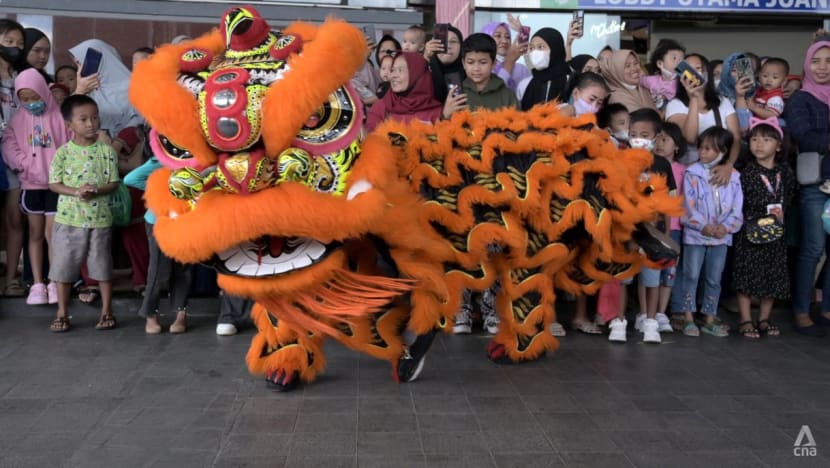
Lion dance troupe co-founder Santoso said it all comes down to the individual’s sense of ownership of the art form.
“Do they feel the need to preserve this tradition? I for one feel that this tradition is worth preserving. Do we need to get involved directly to preserve it? I am a proponent of this notion and that is why I got involved even though I have other things to do,” Santoso, who owns a paper and printing business, said.
However, Januar said he is confident that the Chinese community in Indonesia will continue to pay attention to the art form.
“There are former performers of Chinese ethnicity who stopped practicing regularly because they have other things to do, but when big events like lantern festival come, they are willing to don the lion and dragon dance costumes once more,” he said.
“There are Chinese people who prefer lion dance during family events and gatherings over other forms of entertainment. It shows that they still care about this tradition.”
